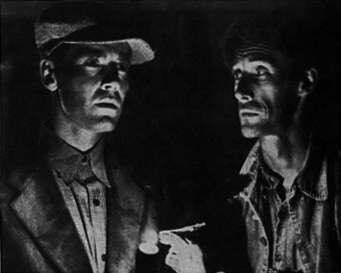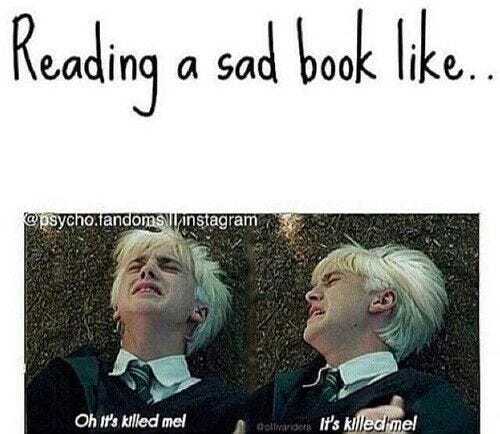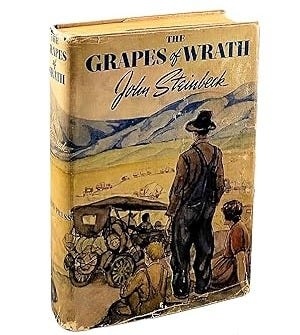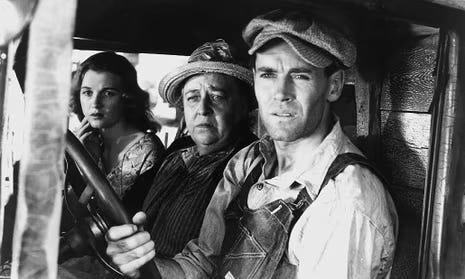Hello, readers.
Not sure if you are aware of an emerging sub-genre in fiction, but lately the popular trend is to find a book that will emotionally wreck you and leave you crying on the floor in a big ol’ heap.
Yes, more and more people are reading “Sad Books,” and I can only assume this is due to a sick fascination with achieving a “genetically modified” emotional catharsis. Perhaps they read in an attempt to “feel something” from the page when they generally feel nothing in their real lives. I call this group of readers “SADists”
But wait—I’m not saying that all sad book readers are totally dead inside. You also have these emotional tourists on “BookTok” that now seem to be gravitating to these types of books for “sad girl cred.” It’s almost like, whoever can find or recommend a book with the highest misery index instantly achieves elite influencer status on that particular platform.
But not all sad book readers are purely sadomasochists or BookTok trend hoppers vying for views.
Some people read sad books in an attempt to process their own complex emotions. I know a lot of people who have gravitated to books about death when a family member or friend has passed away. There’s nothing wrong with this and in fact, a book can offer a healthy safe space when processing difficult emotions. Perhaps the book helps the reader reflect on their own lives and experiences, leading them to a sense of meaning and purpose.
Or perhaps people also read sad books to gain a sense of empathy or understanding. By exploring human suffering and adversity, readers can foster deeper insights about the complex nature of humanity. A good sad story can help a reader appreciate the good things in their own lives by contrasting them with fictional hardships.
Whatever the reason why someone would want to read one of these sad books, it is ultimately a good thing, a healthy thing. In the article “Why Do We Read Sad Books,” author Eva Maria Koopman dissects how a eudaimonic motive (the natural human instinct to make meaning out of our surroundings) combined with an innate sense of emotional mood management ultimately brings readers to a healthy level of arousal where they can “maximize pleasure and minimize discomfort.” Essentially, reading about negative events allows readers to experience the worst of what could happen and gain a sense of control over their own anxieties.
Sad books are essentially the new Greek Tragedies, whose protagonists suffered to help arouse feelings of pity and fear to help the audience come to terms with these “unhealthy” emotions.
But you might be asking yourself, what constitutes a “sad book?”
There is no real official definition, but sad books evoke strong emotions like despair, regret, and anguish. They are often not limited to one type of genre and include romance, memoirs, and even historical fiction. I’ve even seen some dystopian or young adult titles receive a “sad book” categorization. Whatever the genre, the author’s narrative should include a conflict centered on a traumatic event, loss/grief, or a trying emotional journey. Essentially, the book should create a raw and devastating reading experience for the person holding the book.
Sounds like fun, right? Right…
So here’s where to start…
As I mentioned before, you can join the #sadbooks BookTok craze or you can check out this article, “15 Sad Books That Will Emotionally Wreck You”. You can also go on Goodreads and check out their list of Saddest Books Ever. Either way, you’ll see the top recommendations are usually books like Never Let Me Go, The Fault in Our Stars, Stay True, A Thousand Splendid Suns, and All My Rage, just to name a few.
Yet I find time and time again, that these lists always seem to exclude what I would call one of the saddest books of all time. Each time I read it, I feel totally devastated by the tragic events and terrible outcomes that befall each character. To me, it is the “ultimate sad book.”
So don’t tell me about sad books unless you have read The Grapes of Wrath.
Why do I think The Grapes of Wrath belongs in the sad book conversation, possibly even at the top of the list? (Move over A Little Life.)
In the book, John Steinbeck follows the fictional journey of the Joads, a family of sharecroppers from Oklahoma who are forced to migrate west in the late 30’s during the Dust Bowl. The Joads join thousands of other migrants on the trek to the Salinas Valley of California, a place they falsely idealize as rich with opportunity.
The Joads certainly take their bumps along the road. They are, as Shakespeare would say, “wed to calamity.” After losing their land that generations of Joads had worked on previously, they hit the road to find a new future. On the way they endure extreme weather, prejudice, exploitation, and death. When they finally arrive in California, they have lost almost everything, including the hope for a better life.
What they find is nothing but injustice after injustice after injustice. Not going to lie, but by the end of the book, their suffering is almost borderline obscene.
Steinbeck—who would win the National Book Award, the Pulitzer Prize, and the Nobel Prize for Literature in 1962—not only captures the sentiment of a pivotal period in American history, but is able to focus on one specific family’s despair and the emotional toll. What makes the book heart-wrenching isn’t just their material loss, but how their family bonds break down before realizing there is no real solution to their plight.
And the most tragic part of this book? Realizing they were just one of many families just like them. Their suffering was not special or limited to them in any way. So many families suffered, died, or lost their humanity during this catastrophic period of American history.
I should say one overlooked aspect of this novel is the ecological concerns raised by Steinbeck. I feel like the social commentary of this book is always addressed by critics, but never the environmentalist one. Within Grapes, Steinbeck details the environmental disasters of this time period, including drought, erosion, dust storms, and the ignorance of farmers in the Great Plains. The book is a scathing commentary on human folly and a lack of governmental policy and oversight. The scariest part is that almost 100 years later, we are still dealing with careless and wasteful Agro-Industrial Complexes and their get-rich-quick schemes. So Steinbeck gives you a little bonus: The Grapes of Wrath is the ultimate work of sad fiction mixed in with a little bit of eco-horror.
But c’mon, get to it already, you say. What are the “saddest” moments that will completely destroy me and have me in my own puddle, you ask?
Well, there’s three main parts of the book that readers generally point to as key sad moments. But before we get to them, I will say that the entire book has a depressing mood that pervades the entire work. It’s a whole negative vibe, as they say. Not many authors can pull off a sense of foreboding dread throughout the whole novel the way Steinbeck does. You’ve been warned.
Anyways, I know that explanation will not satisfy you SADists. You little freaks need specific examples of tragedy so you can sleep at night. Obviously then, it should go without saying, but ««SPOILERS AHEAD.»»
First, the death of Grampa Joad. He a key figure for the family, and losing him means losing another opportunity to receive a day’s wages. His death is one of the first significant losses for the Joad family and his passing helps to underscore their vulnerability. It also foreshadows all of the difficulties they will face on the journey ahead. His death also forces the family to come face to face with their darkest natures: some family members are embarrassed that Grampa dies in another family’s tent, while others are relieved that there is now one less mouth to feed. Their feelings are complex and will leave you questioning how you should feel about the characters who express these thoughts, some of which are main characters.
Second, what happens to Casy. Casy, a former priest who lost his faith, is such a charming, funny, and lovable guy, that by the end of the journey he becomes an adopted member of the family (not to mention your favorite character.) Any avid reader of sad fiction knows that these types of likable characters are usually doomed and Casy is not spared. He dies in what is possibly the most noble way to die in the novel, which is helping to protect migrants under attack by local authorities at a work camp. Sure, dying by a pick-axe handle to the head makes him a martyr, but his unfortunate death triggers another. Sure, Tom’s revenge killing of the guard is ultimately justified, but now he is a wanted man, and losing Tom means the Joad family is no longer without their surrogate patriarch.

Third and probably the most heartbreaking, is when Rose of Sharon’s baby is born stillborn. Fuck, this one will gut you (I’m almost in tears right now as I type this). The child was supposed to be a symbol of hope and new beginnings for the family (and for pretty much every other family that they come into contact with). The baby’s death is obviously a very poignant moment in the book and symbolic of the harsh reality that struggling Dust Bowl families faced. The world of this novel is certainly a bleak one—it feels like God himself has even abandoned the family at this point.
So there you have it, you little sickos. You wanted “sad,” I give you sad.







